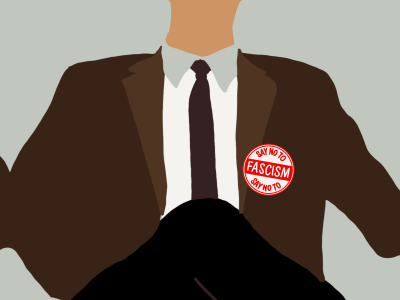Source article originally published on
Article Summary and/or Excerpt:
In the United States, a superpower in its twilight days in which the roots of rabid racial supremacy, fervent nationalism and virulent anti-communism run deep — the specter of fascism looms.
But what does fascism actually mean?
Hitler and Mussolini were fascists, but fascism is more than just the Axis Powers during World War II. Alongside liberalism and socialism — fascism was one of the most influential ideologies in shaping the twentieth century and our present world. Ultimately, every definition of fascism is ideological and subjective. Still, we mustn’t let this deter us from taking the intellectual leap to define and understand it. If we cannot name something, we will not recognize when it once again rears its ugly head.
Fascist movements and regimes of both the past and present have inspired and emulated one another’s beliefs, practices and aesthetics in order to create a genuine political phenomenon with identifiable characteristics. Even if every movement that has been called “fascist” may not exhibit every characteristic equally, or at all, there are diagnostic traits that the majority share.
The most important criteria of fascism are authoritarianism, militarism, ethnonationalism, xenophobia and using minority groups as scapegoats. Some other common tendencies include coming to power through democratic structures, territorial expansion as well as occult-like worship of the nation and a glorified national past.
Fascists are parasites. Fascism emerges from perverting and co-opting popular discontent during times of downturns and declines. When the moment is right fascists jump in to convince people to surrender their liberty for security by vesting full control in the power of the state.
